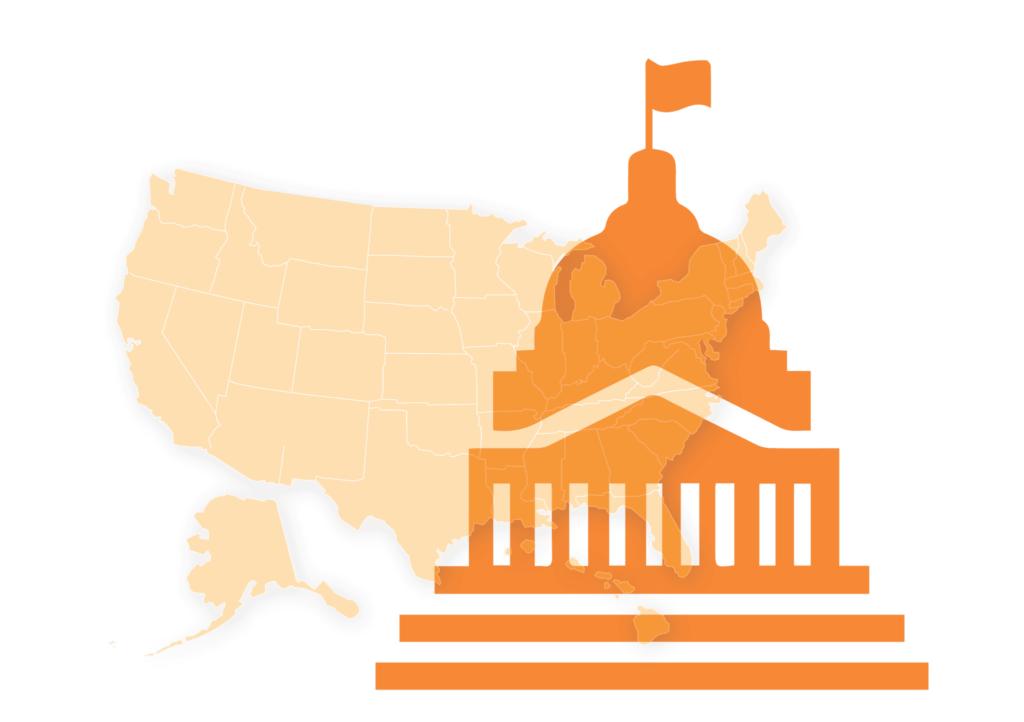As you begin determining the nation’s next federal education agenda, our country is facing unprecedented challenges, which will require significant and urgent federal action to appropriately address. These challenges are longstanding, linked deeply with inequity and systemic racism, and have been exacerbated by the COVID-19 crisis, requiring federal actions that can both advance systemic change and address the global pandemic. This presidential transition presents an opportunity to advocate for policies that serve and support improved outcomes for students living in poverty, students with disabilities, students learning English, students experiencing homelessness and in the foster care system, students who are incarcerated, undocumented students, Black and Brown students, Native students, Asian students, and students who identify as LGBTQ. We recognize that these are cross-cutting and intersectional issues, and that many students experience multiple vulnerabilities (e.g., students of color are dramatically over-represented among students who experience homelessness), which means that proposed actions will require careful consideration for addressing multiple needs.
We submit these recommendations as a collaboration of 11 national organizations seeking to advance shared education equity priorities through federal, state, and local policy and advocacy. That advocacy has deepened this year, in light of the economic and societal impacts of COVID-19 and the likely recession, as well as the increasing public attention on the need to dismantle systemic racism. Specifically, we are focused on policy that transforms systems to better serve and support improved outcomes for students of color, students from low-income backgrounds, English learners, students experiencing homelessness, students with disabilities, and immigrant students.
This memo outlines critical policy actions the Biden-Harris Administration should take in its first term in order to advance educational equity in nine key areas:
- COVID-19 recovery funding;
- funding adequacy and equity;
- equitable access to well-prepared, effective, and racially, ethnically, and linguistically diverse educators;
- equitable learning environments and whole child supports;
- instructional quality and acceleration;
- assessment, data, and student supports;
- rights to access and participate fully in education;
- community and family engagement; and
- the digital divide.
The policy actions represent what should be included both in future COVID-19 relief packages and through opportunities the Biden-Harris Administration will have to advance an education equity agenda such as the State of the Union, regulations, guidance, budget proposals, legislative proposals, and executive orders.
The COVID-19 crisis has elevated the need to address long-standing racial, social, and economic inequalities and their intersections, and nowhere is it more evident than in public education. All students have encountered disruptions, from having to adjust to online learning, to no longer regularly interacting with peers, teachers, and school staff, to the loss of treasured activities and needed jobs, to the overall stress and emotional toll of the pandemic on their families and communities. The pandemic has also impacted educators who must learn different ways to provide instruction and other supports to students, in person and online; adjust to uncertain education budgets; and manage stress from the impact of the pandemic on their own families.
However, students from vulnerable and systematically neglected populations — students living in poverty, students with disabilities, students learning English, students experiencing homelessness and in the foster care system, students who are incarcerated, undocumented students, Black and Brown students, Native students, and students who identify as LGBTQ — have faced and will continue to experience additional challenges that impede their learning during the pandemic. Students who have intersectional identities are navigating these challenges on multiple fronts. Food insecurity, unreliable access to remote learning technology, reduced access to student supports and education services, and housing uncertainty as the result of familial unemployment are just some of the elements that have played a role in disrupting and diminishing vulnerable students’ learning opportunities and growth. Further, racial inequities highlighted by both COVID-19 and ongoing racial violence against Black Americans cause additional stress and anxiety for students of color and expose some of the additional daily challenges they face. The pandemic’s impact will have a long-term effect on student learning, outcomes, and experiences, and it is important that, as our nation looks to refocus and redesign current systems, we develop and support policies that uplift and advance racial, economic, and educational equity.

 December 02, 2020 by
December 02, 2020 by 


